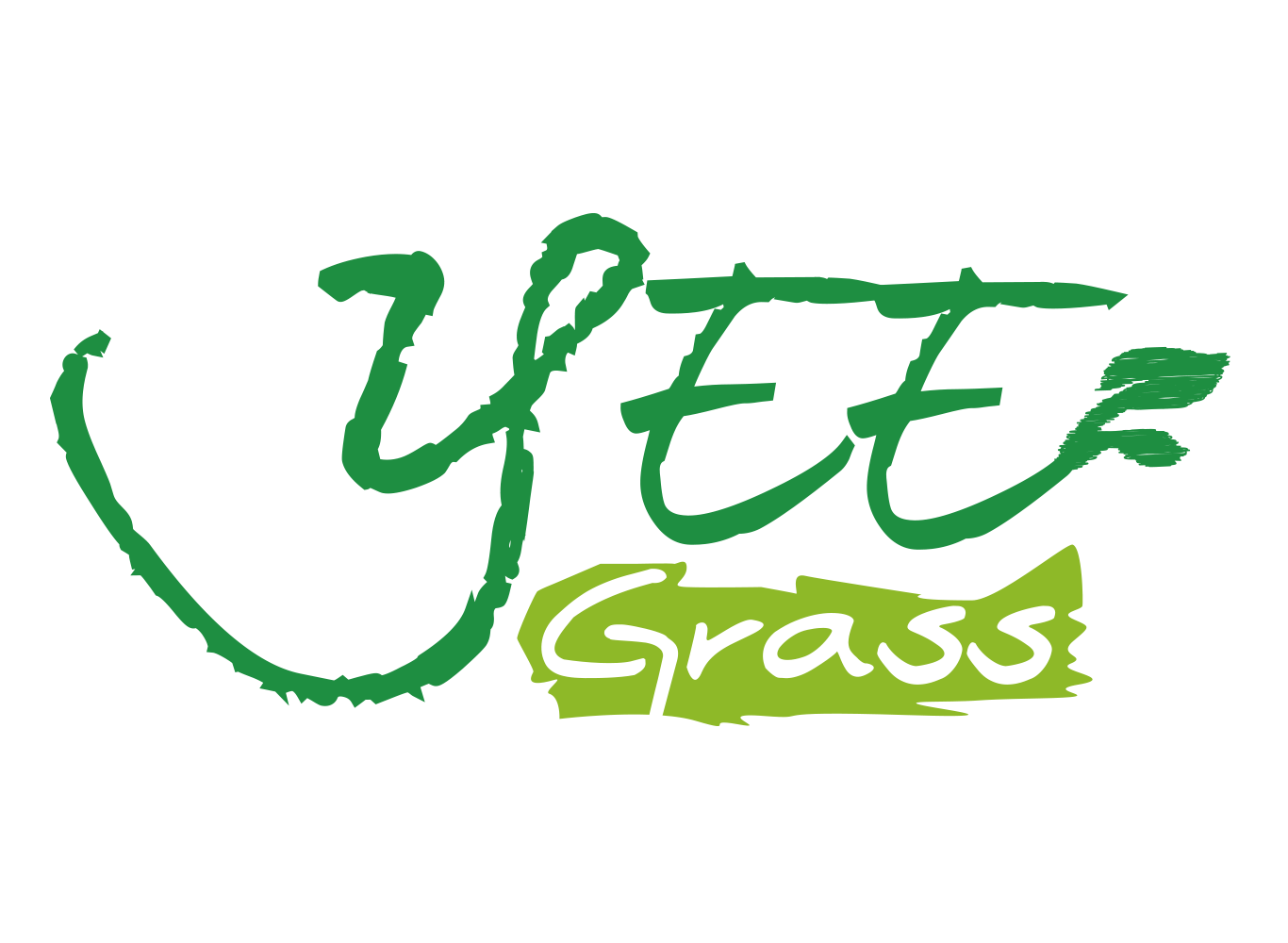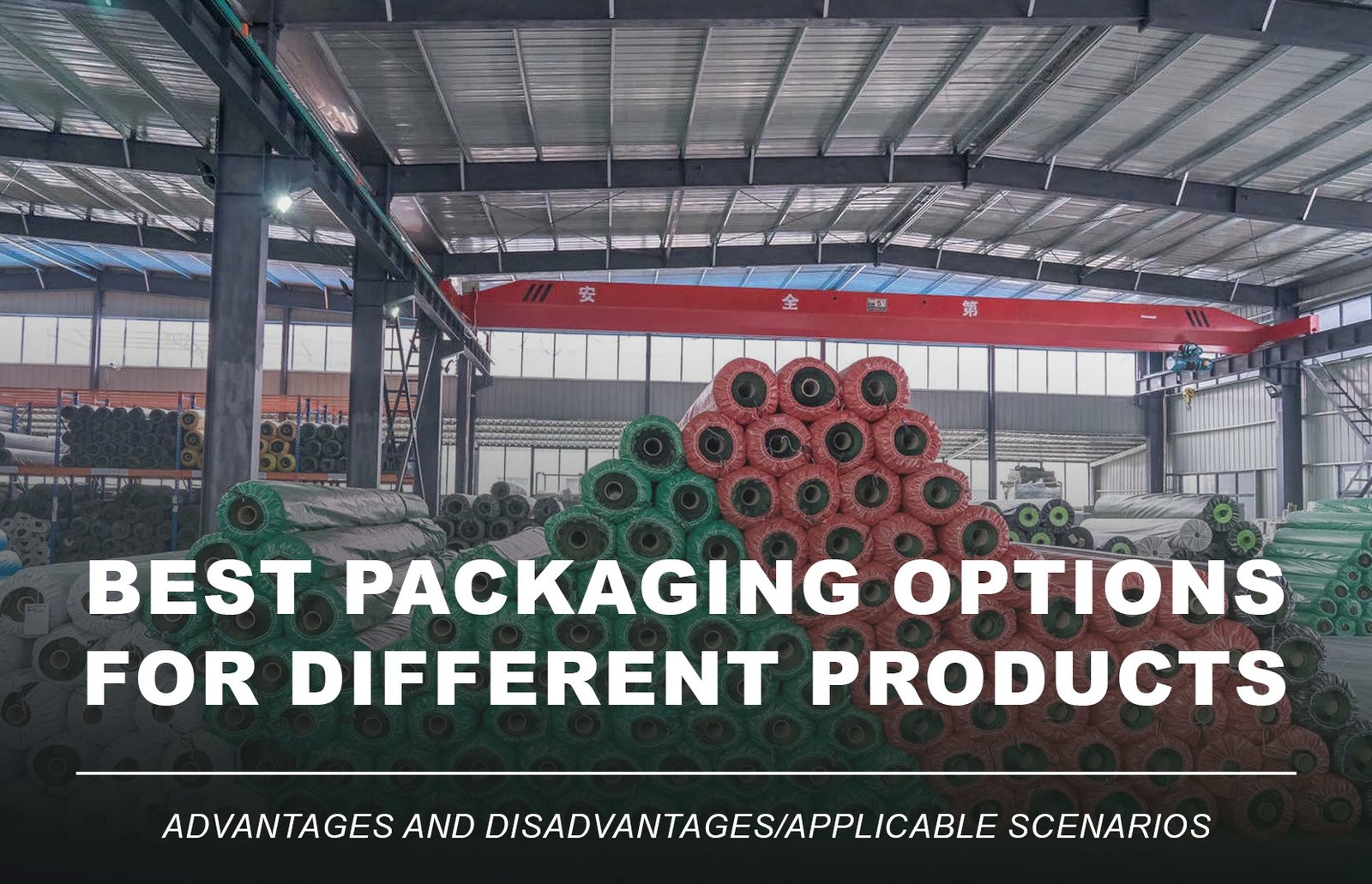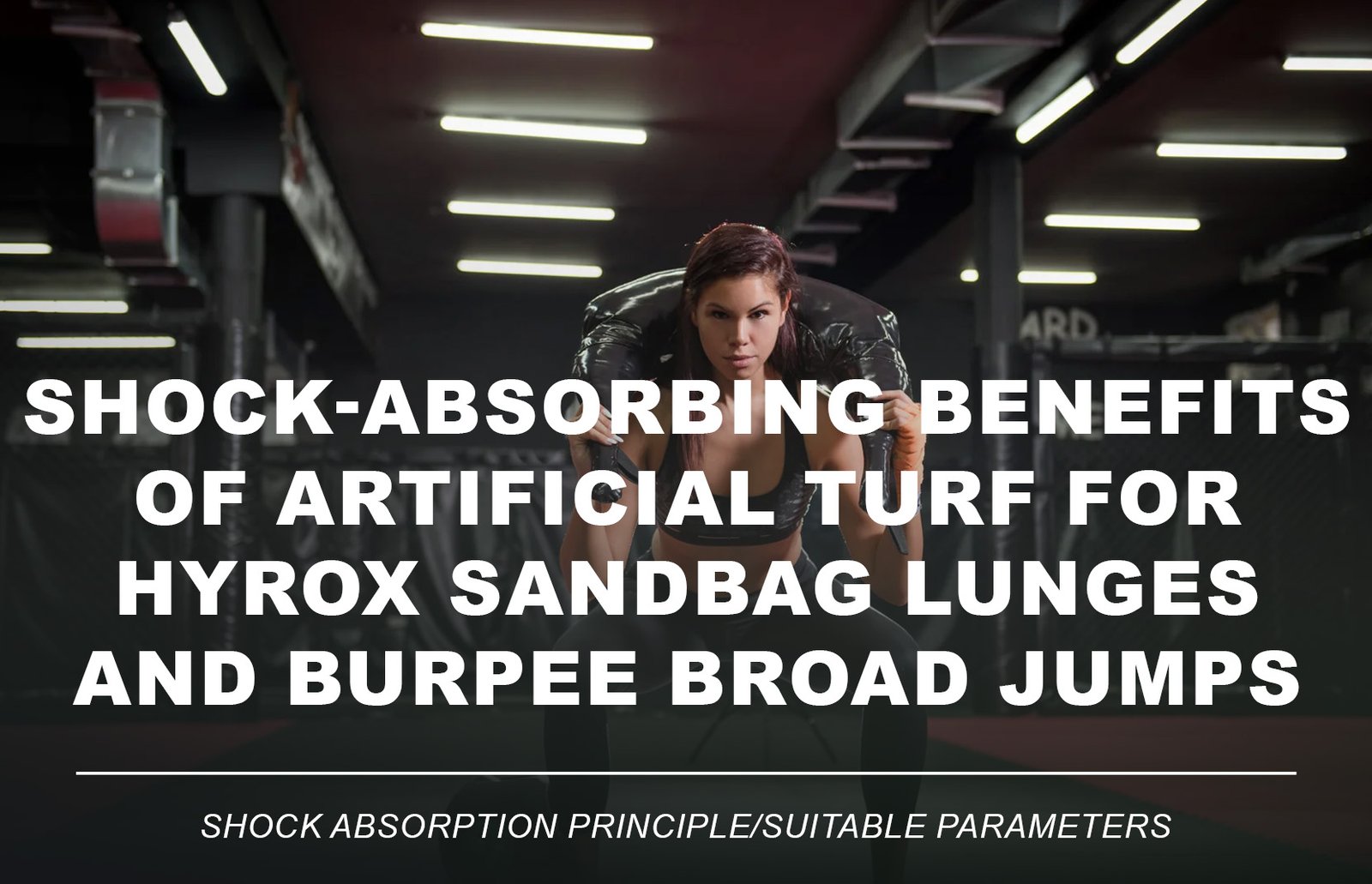
During the scorching summer months, artificial grass is a popular choice for residential lawns and commercial landscapes. However, under intense sunlight, it can heat up quickly — leading to complaints like “too hot to walk on,” “burning feet,” or discomfort for kids and pets.
Why does artificial turf get so hot in summer? And more importantly, how can we cool it down? This guide explains the science behind turf heating and shares 6 practical and effective cooling strategies to help you keep your artificial lawn fresh and comfortable even during peak heat.
1. Why Does Artificial Grass Get Hot in Summer?

- High Thermal Conductivity Materials: Especially low-quality PP yarns or black rubber infill, which absorb and retain heat more readily.
- Direct Sun Exposure + Poor Ventilation: Areas with no shade or airflow become “heat islands.”
- Heat-Absorbing Base Layers: Cement or asphalt underlays can further intensify surface temperatures.
Pro Tip: Lab tests show turf temperatures can reach 55–65°C (131–149°F) under direct sun, while 43°C (109°F) can already cause burns on sensitive skin — especially for children.
2. Choose Summer-Friendly Turf Materials
✅ Recommended Options:

PE (Polyethylene) Yarn: Lower thermal conductivity than PP, feels cooler underfoot.
Lighter Color Blades: Blends of light green, yellow, or beige reflect more sunlight than dark green.
Lighter Color Blades: Blends of light green, yellow, or beige reflect more sunlight than dark green.
3. Improve Shading Around the Lawn
Shading is one of the most direct and effective ways to reduce surface temperatures.

- Use shade sails, umbrellas, or canopies — especially for south- or west-facing areas.
- Plant shrubs, hedges, or small trees along the edges.
- Incorporate built structures like pergolas, lattices, or awnings.
Pro Tip: Shaded areas can be 5–10°C (9–18°F) cooler, with added visual comfort.
4. Use Low-Heat Infill Materials
Black rubber infill is notorious for heat retention. Switch to these alternatives:



- White or light-colored silica sand
- Green TPE infill – eco-friendly, odor-free, and cooler
- Organic options – coconut fibers, cork granules, etc.
5. Surround Your Turf with Plants for Natural Cooling
Plants offer natural evaporative cooling and create a more comfortable microclimate.
Try these:
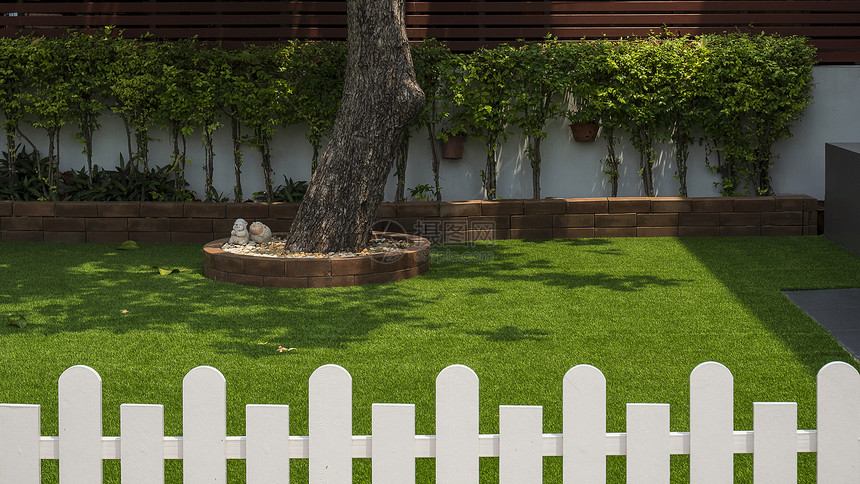
- Plant vines, groundcover, or bushes around the lawn.
- Add green walls or vertical gardens near turf areas.
- For rooftops, surround turf with planters and ventilation layers.
Plants help cool, purify the air, and enhance the landscape — a win-win for your yard.
6. Water the Turf Occasionally — It Works Instantly
While synthetic grass doesn’t need watering to grow, a quick rinse can do wonders in the summer:
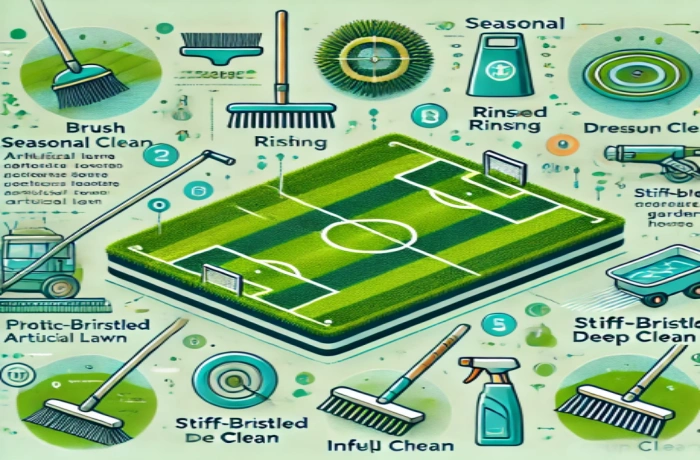
- Spraying the surface instantly cools it down
- It also removes dust and odors
- Use sprinklers, misting systems, or a simple hose
Water once daily during peak heat (around noon or early afternoon) for 1–2 minutes.
7. Don’t Skip Routine Maintenance — It Also Helps Cool Down Turf
Proper upkeep isn’t just for looks — it improves airflow and reduces heat:



- Use power brushes or leaf blowers to fluff up the blades
- Top up or replace cooling infill periodically
- Ensure drainage systems are clear — standing water increases humidity and heat
A well-maintained turf can be 2–3°C cooler than a neglected one.
FAQ: Common Summer Concerns About Artificial Grass
Q: Is artificial grass hotter than real grass?
A: Yes, in direct sunlight it can be. But with the right yarn, infill, shading, and watering, synthetic turf becomes safe and comfortable — with no mowing or mud.
Q: Is it safe for pets to walk on artificial grass in the heat?
A: Yes — choose heat-resistant yarns, lighter colors, and anti-bacterial treatments, and don’t forget to shade and water the area regularly.
Q: Are cooling turf options expensive?
A: Slightly — around 10–20% more than regular turf, but the comfort and usability in summer make it well worth the investment.
✅ Final Thoughts: Stay Cool All Summer with Smart Turf Choices
-通用(无策划)-现代风庭院草坪-AI套系-建筑图片_193706617.jpg 1242w, https://yeegrass.com/wp-content/uploads/2025/05/花瓣素材_2408TPFC-建筑系列AI(补足空白内容)-通用(无策划)-现代风庭院草坪-AI套系-建筑图片_193706617-864x1536.jpg 864w, https://yeegrass.com/wp-content/uploads/2025/05/花瓣素材_2408TPFC-建筑系列AI(补足空白内容)-通用(无策划)-现代风庭院草坪-AI套系-建筑图片_193706617-1152x2048.jpg 1152w)





Choosing the right artificial grass for summer matters more than you think.
From yarn type and infill to shade structures and watering habits — it’s all part of a complete heat-reducing system.
You don’t have to give up a green yard in the summer. With just a bit of smart planning and regular care, your artificial lawn can stay lush, usable, and cool to the touch even under the hottest sun.
